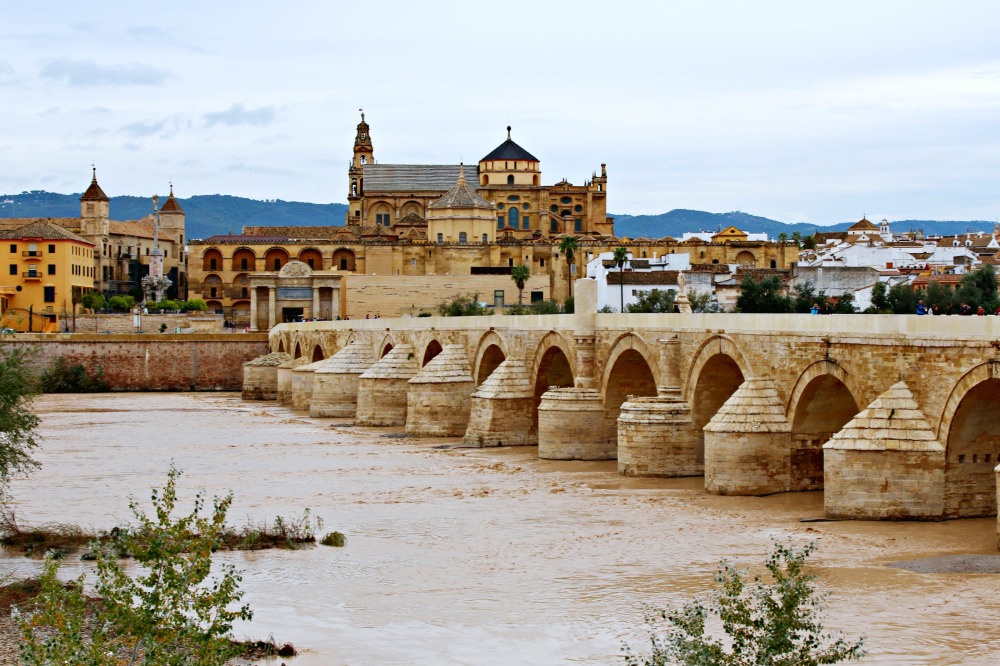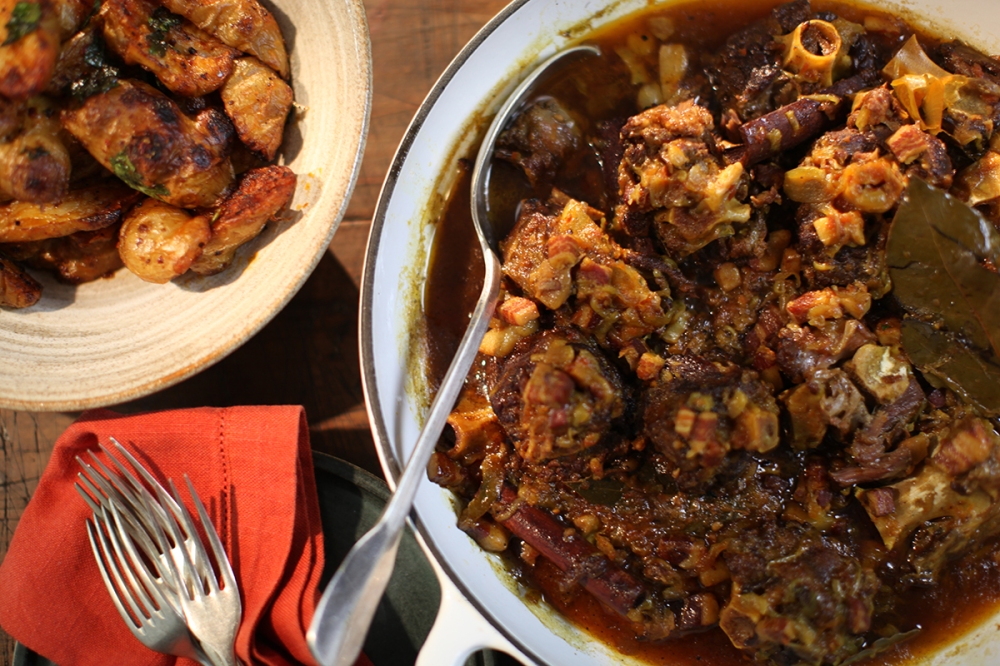Rabo de Toro or ‘bull’s tail’/’ox tail’ is a regional Spanish dish dating back to medieval times.
Rabo de Toro originally comes from Córdoba where bull fighting was very popular. The Andalusian dish was conceived as way to use the parts of the bull which would normally be discarded, as well as a means to entertain a great number of people at once.

Cordoba, Andalusia: the home of Rabo de Toro [image credit]
The dish itself is a slow cooked stew of ox tail and vegetables, made with spices and Spanish red wine. The slow cooking of the meat for many hours allows the normally tough meat to become soft and tender and the sauce, velvety. The dish is typically quite simple to make (try a recipe here or here) however, its need to be cooked over many hours makes it one which requires some planning. It is very much an example of slow food.
Rabo de Toro is an interesting player in the debate over Spain’s national food identity. In some ways it is similar to the national Spanish dish, olla podrida. Rabo de Toro and olla podrida are both stews which use commonly discarded cuts of meat. What brings Rabo de Toro its regional identity is the dish’s history through the focus on oxtail.

Rabo de Toro [image credit]

Kangaroo tail with Jerusalem artichokes [image credit]